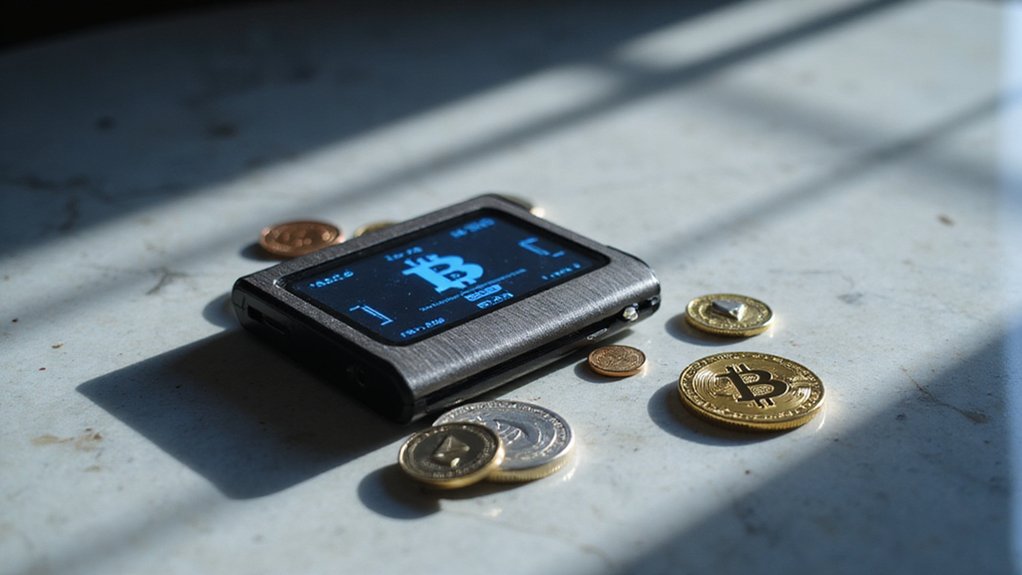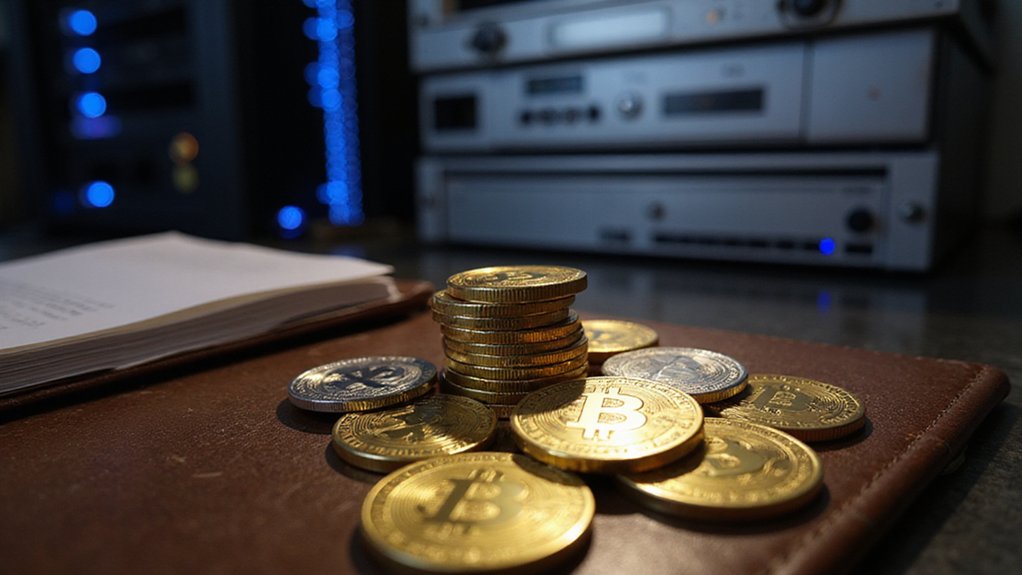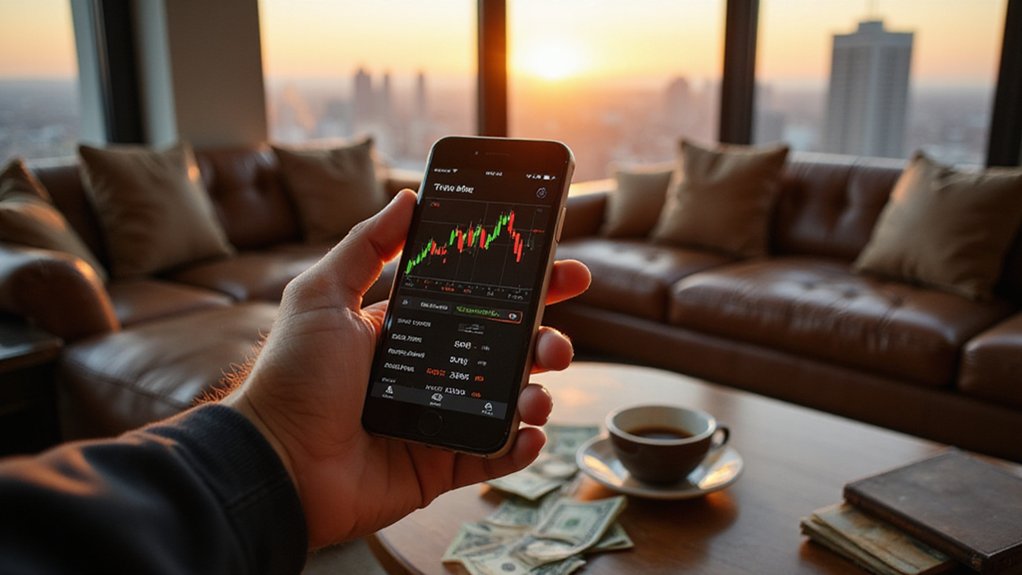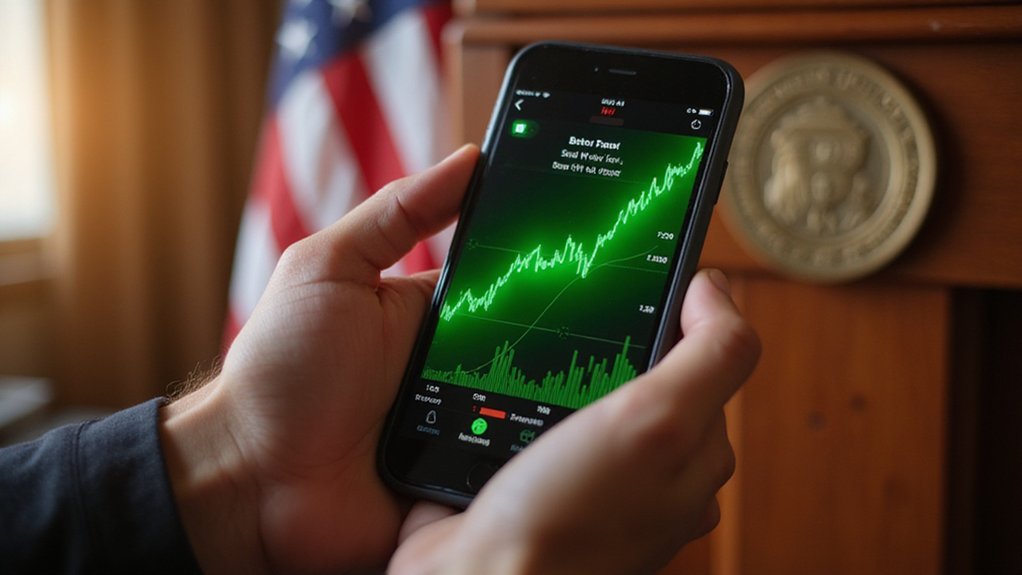In what might be characterized as either prescient diversification or spectacular corporate wanderlust, Eyenovia (NASDAQ: EYEN)—a clinical-stage ophthalmic biopharmaceutical company that until recently concerned itself primarily with developing microdose array print technology for ocular therapeutics—has completed a $50 million private placement to acquire approximately 1,040,584.5 HYPE tokens at roughly $34 per token.
The institutional investors backing this venture apparently share management’s conviction that the native token of Hyperliquid, a layer-one blockchain optimized for high-frequency trading, represents a logical complement to eye drop delivery systems.
Hyperliquid functions as a decentralized asset exchange supporting what its proponents describe as a “transparent trading” ecosystem, though one might reasonably question whether transparency and high-frequency trading have historically been comfortable bedfellows.
The protocol’s design emphasizes liquidity provision—a characteristic that evidently resonated with Eyenovia’s board, which granted full approval after what the company terms “extensive internal review.”
This treasury diversification marks Eyenovia as the first publicly traded U.S. company to include HYPE in its corporate reserves, a distinction that carries either pioneering prestige or cautionary tale potential, depending on subsequent market movements.
The timing proves particularly intriguing given HYPE’s recent 9% weekly decline, suggesting either opportunistic accumulation or questionable market timing. As part of its broader corporate transformation, the company plans to rebrand as Hyperion DeFi with the new ticker symbol HYPD.
Beyond passive token accumulation, Eyenovia plans to establish a validator node within Hyperliquid’s infrastructure, partnering with an unnamed ecosystem participant to support blockchain security and network liveness.
This validator operation promises access to staking yields—additional revenue streams that theoretically justify the strategic pivot from pharmaceutical development to cryptocurrency infrastructure participation. The HYPE token’s staking mechanism provides reduced trading fees when tokens are locked in the network, creating an operational incentive structure for institutional participants.
The broader implications extend beyond mere portfolio diversification.
Eyenovia’s leadership frames this $50 million commitment as alignment with “long-term shareholder value creation via digital currency adoption,” though whether shareholders anticipated their ophthalmic investment morphing into blockchain validation remains unclear. The move coincides with unprecedented Bitcoin ETF inflows throughout 2025, reflecting growing institutional appetite for regulated cryptocurrency exposure across traditional investment vehicles.
The institutional backing suggests sophisticated investors perceive synergies between traditional healthcare technology and decentralized finance protocols, or perhaps simply recognize cryptocurrency’s potential for capital appreciation regardless of underlying business logic.
Whether this represents visionary corporate evolution or expensive experimentation will likely depend on HYPE’s performance relative to traditional pharmaceutical development timelines.









